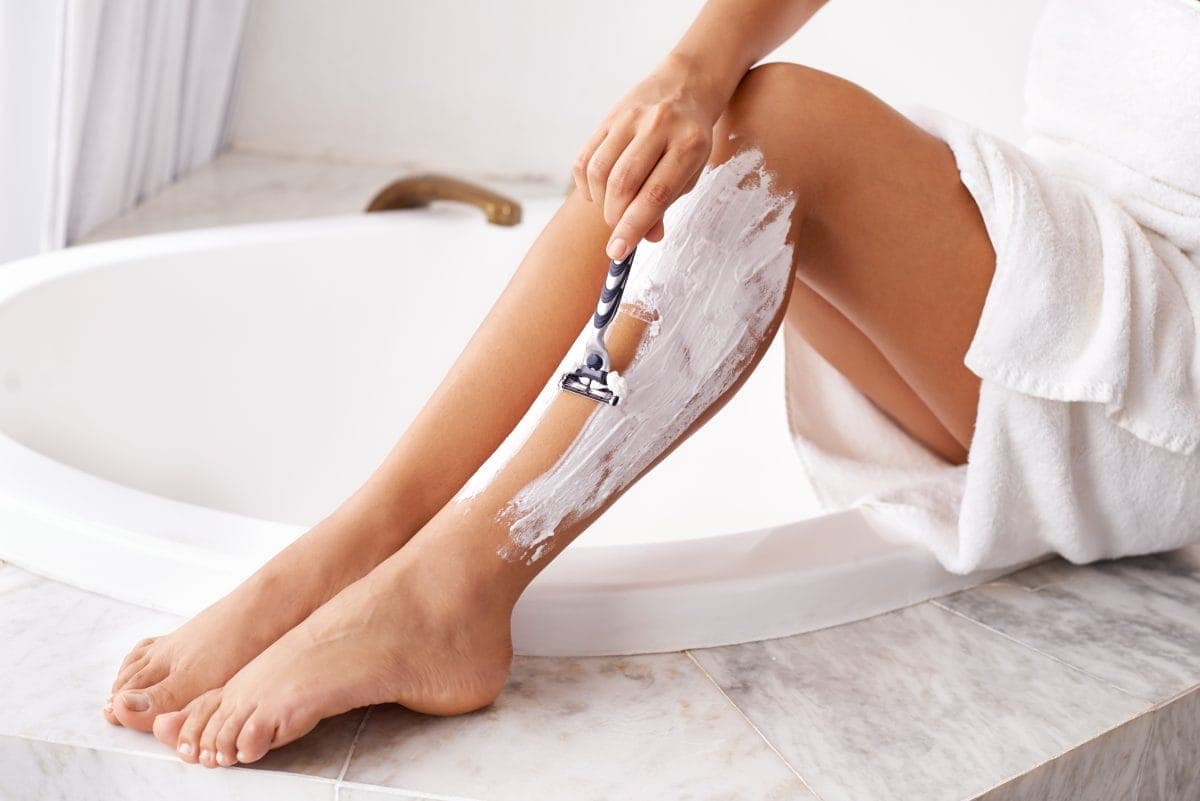Skincare
The Challenge of Razor Burn and Bumps
Shaving is a routine part of grooming for many men, but it can come with the unpleasant side effects of razor burn and bumps. Razor burn appears as a red, irritated rash that can be both unsightly and uncomfortable. Razor bumps, or pseudofolliculitis barbae, are small, painful bumps that develop when hairs curl back into the skin causing inflammation. These issues can be particularly troublesome for those with sensitive skin or coarse hair.
Proper Preparation
One of the key steps in preventing razor burn and bumps is proper skin preparation before shaving. Begin by washing the face with warm water and a gentle cleanser to remove excess oil, dirt, and dead skin cells. This softens the beard and opens up the pores, making hairs easier to cut. Applying a warm, moist towel to the face for a couple of minutes can further soften the beard and enhance the effect of the cleanser. Ensuring that the skin is clean and moist before shaving is crucial as it reduces the likelihood of irritation and makes the shaving process smoother.
Choosing the Right Tools
The choice of shaving tools plays a significant role in skin health post-shave. A sharp, clean razor is essential; a dull blade can tug at hairs instead of cutting them cleanly, increasing the risk of razor bumps. It’s advisable to replace razor blades or disposable razors regularly to avoid the buildup of bacteria, which can lead to skin infections. Additionally, using a single-blade razor rather than a multi-blade option can help reduce the amount of irritation, as multiple blades pass over the skin multiple times, which can exacerbate sensitivity.
The Art of Shaving
The technique and direction of shaving are crucial in avoiding skin irritation. Shave with the grain of the hair—that is, in the direction the hair grows. This minimizes the risk of hairs being cut too short and curling back into the skin, which leads to razor bumps. Although shaving against the grain can seemingly provide a closer shave, it increases the risk of irritation and ingrown hairs. Applying a light touch with the razor and allowing the blade to glide over the skin, rather than pressing down, can also prevent razor burn.

Aftercare Is Key
Post-shave care is vital in maintaining skin health. Rinsing the face with cold water after shaving helps to close the pores, calming the skin and reducing the likelihood of irritation. Applying a soothing, alcohol-free aftershave balm or moisturizer helps to hydrate the skin and alleviate any irritation that occurred during shaving. Products containing aloe vera, tea tree oil, or witch hazel are beneficial as they have natural soothing and antiseptic properties.
Regular Skin Care
Integrating regular skin care into your routine can also prevent issues associated with shaving. Exfoliating the skin two to three times a week with a gentle scrub or exfoliant helps remove dead skin cells and can prevent them from clogging up the razor. This makes the skin smoother and the shaving process easier. Hydrating the skin daily with a good moisturizer maintains its elasticity and health, which is essential for a smooth shave without irritation.
Lifestyle Adjustments
Minor lifestyle adjustments can also reduce the incidence of razor bumps. For example, allowing the beard to grow slightly longer between shaves can significantly reduce the risk. Shaving every other day, rather than daily, gives the skin more time to recover between shaves, which is particularly beneficial for those with sensitive skin or coarse hair. Moreover, a study by the American Academy of Dermatology suggests that using a moisturizing shaving gel can reduce the risk of razor burn by providing a protective barrier between the skin and the blade.
Tailoring Products to Your Skin Type
Selecting shaving and skin care products that match your skin type can drastically improve your shaving experience. For those with oily skin, using non-comedogenic or oil-free products can prevent the pores from becoming clogged. Those with dry or sensitive skin might benefit from hypoallergenic products that contain fewer irritants. Investing the time to find products that suit your skin can prevent many of the common issues associated with shaving.
Conclusion
The fight against razor burn and bumps is ongoing for many men, but it can be mitigated with the right approach to shaving. Preparing the skin properly before shaving, choosing the right tools, employing correct shaving techniques, and caring for the skin afterward are all essential steps. Regular skin care and making thoughtful product choices can also play a significant role. By integrating these practices into your routine, you can achieve a close, comfortable shave while keeping your skin healthy and free of irritation.





